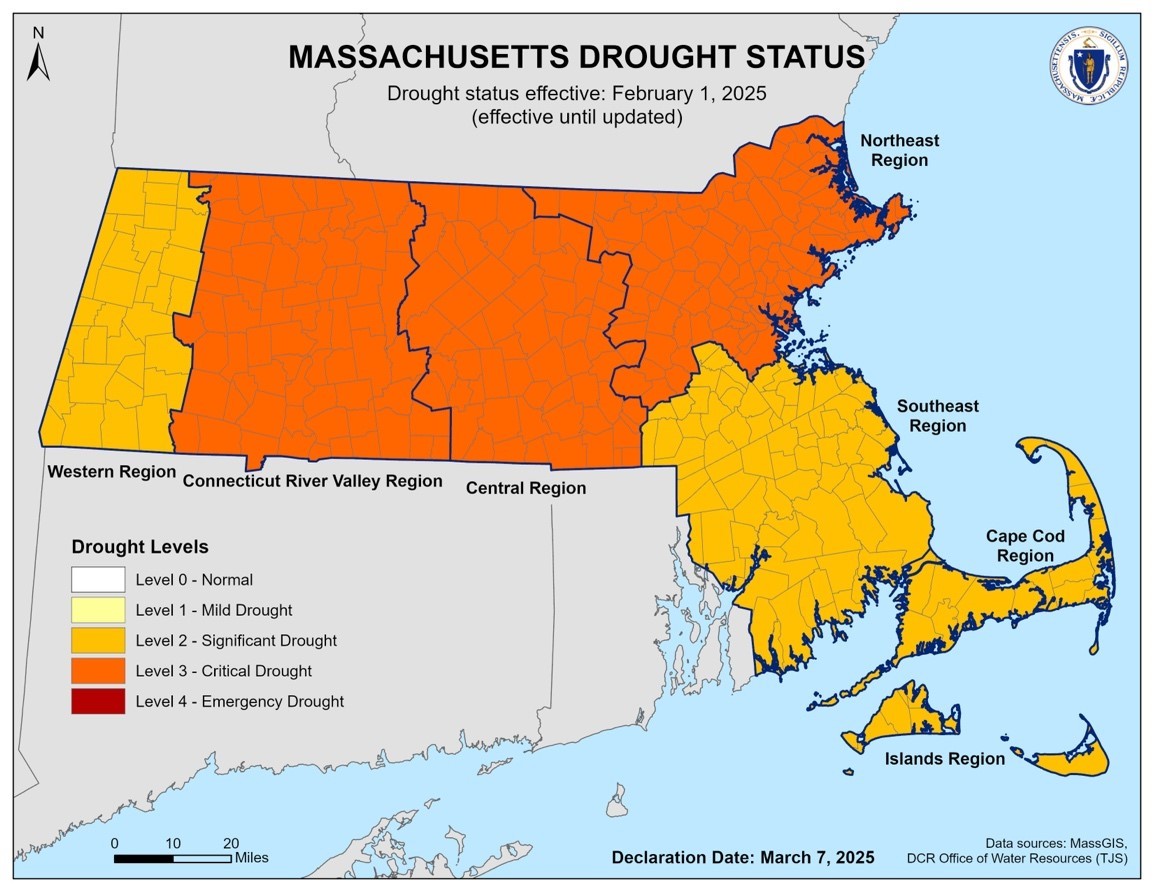
A map showing the drought status of Massachusetts as of March 7, 2025. Most of the state is in critical drought, with areas south and east of Boston, as well as the Berkshires, in significant drought.
It’s been raining. It’s been cloudy. It’s been dreary. So, understandably, the question pops up, “How in the world are we still in a drought?”
Here’s the thing: droughts aren’t just about what’s falling from the sky this week. They’re about deficits that build over months.
Stream NBC10 Boston news for free, 24/7, wherever you are.
Boston has picked up 1.37 inches of rain so far this month, but New England has not yet made up the water deficit that dates back to the fall of 2024. So yes, the rain helps — but it’s playing catch-up, not hitting reset.
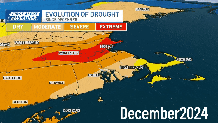
Get updates on what's happening in Boston to your inbox with our News Headlines newsletter.
Drought, by definition, is a prolonged period of drier-than-normal conditions, and drought conditions vary greatly based on region and ecosystems. It impacts groundwater, streamflow, reservoir levels and even fire danger.
The fall of 2024 had a nearly 6-inch rain deficit from the seasonal average. While New England has seen significant improvements in the drought conditions, we have yet to fully overcome this deficit.
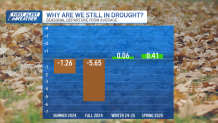
Take groundwater for instance. A network of monitoring wells across Massachusetts gives us a sense of how things are going beneath the surface.
In Concord, groundwater is still trending closer to historic lows than highs, and sites like Wayland and Hanson aren’t faring much better. Even if not every well is running low, the broader pattern remains.

And surface water? Reservoirs like the Quabbin, a major water source for Boston, sit at 86.8% capacity. That might sound decent, but for early spring, “below normal” kicks in below 90%, since snowmelt is supposed to top things off this time of year.
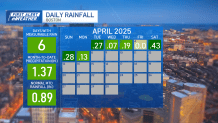
The good news is that we are on the upswing of these drought conditions, no longer in the worst of it, which was seen in fall and winter — which helps, because we're rebounding as the growing season approaches.
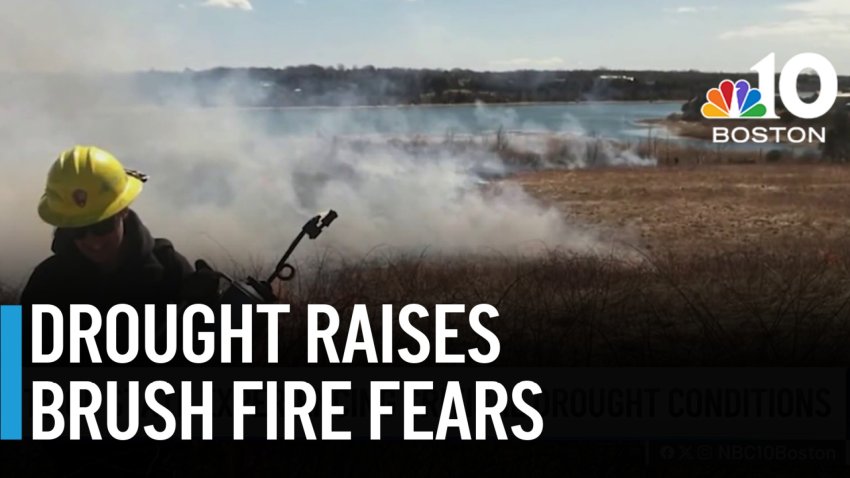
The next update from the USGS Drought Monitor on Thursday will likely reflect this further, as slow rain accumulation is helping.
But droughts don’t vanish the minute the pavement gets wet. They take time, persistence, and a whole lot more water to truly turn around.

